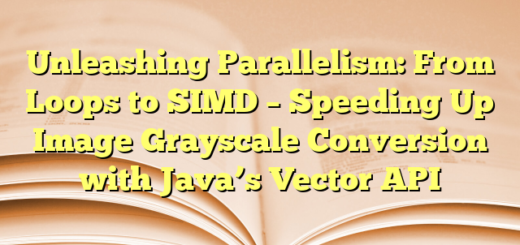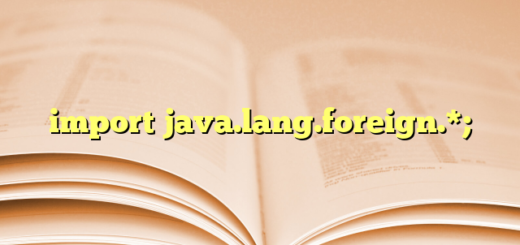GraalVM: The Future of High-Performance and Polyglot Computing
Introduction
GraalVM is a revolutionary virtual machine designed to enhance the performance of Java and other languages while offering seamless polyglot capabilities. Developed by Oracle Labs, GraalVM provides Just-In-Time (JIT) and Ahead-of-Time (AOT) compilation, allowing developers to achieve faster execution speeds, reduced memory usage, and enhanced startup times.
In this blog, we will explore what GraalVM is, how it outperforms the traditional Java Virtual Machine (JVM), its polyglot capabilities, and the languages it supports.
What is GraalVM?
GraalVM is a high-performance runtime that provides significant optimizations for Java applications and enables multiple programming languages to interoperate efficiently. Unlike the standard JVM, GraalVM features:
- A new JIT compiler that replaces the default C2 compiler of the JVM.
- AOT compilation to create native binaries, reducing startup times and memory footprint.
- Polyglot support, allowing developers to mix different programming languages in a single runtime environment.
- Seamless compatibility with existing Java applications while providing new optimization techniques.
GraalVM comes in two main editions:
- GraalVM Community Edition (CE): Open-source version with core features.
- GraalVM Enterprise Edition (EE): Commercial version with additional performance and security enhancements.
How is GraalVM Better than JVM?
1. Faster Execution with Optimized JIT Compilation
GraalVM replaces the traditional C2 compiler with the Graal compiler, which performs advanced optimizations such as:
- Aggressive inlining of frequently used methods.
- Escape analysis to reduce object allocations.
- Profile-guided optimizations, allowing adaptive performance improvements.
2. Ahead-of-Time (AOT) Compilation for Native Images
One of GraalVM’s most powerful features is its ability to compile Java applications into native executables using native-image. This offers several advantages:
- Instant startup time (ideal for microservices and serverless computing).
- Lower memory consumption (as the JVM is no longer required at runtime).
- Smaller deployment size due to aggressive dead code elimination.
3. Polyglot Capabilities
GraalVM allows multiple programming languages to be executed within the same runtime, enabling seamless interoperability. This is particularly useful in modern applications that require different languages for different tasks, such as:
- Data science applications using Python and R within Java.
- Integrating Java with JavaScript for web-based applications.
- Calling native C functions within Java applications.
4. Lower Memory Footprint
Compared to the traditional JVM, GraalVM reduces memory overhead by minimizing garbage collection pressure and optimizing heap allocations.
5. Improved Security
GraalVM’s native image feature eliminates unnecessary runtime components, reducing the attack surface of applications. Additionally, it provides sandboxing mechanisms for secure execution of foreign code.
Languages Supported by GraalVM
GraalVM supports a wide range of languages, making it a versatile runtime for modern applications. Some of the supported languages include:
1. JVM-Based Languages
- Java
- Kotlin
- Scala
- Groovy
2. Scripting Languages
- JavaScript
- Python
- Ruby
- R
3. LLVM-Based Languages
- C
- C++
- Rust (via LLVM)
4. WebAssembly
GraalVM also supports WebAssembly (WASM), enabling the execution of compiled web applications outside the browser.
Use Cases of GraalVM
1. Microservices and Serverless Applications
- Faster cold start times with native images.
- Reduced cloud costs due to lower memory consumption.
2. Data Science and Machine Learning
- Integrating Python or R with Java for data analysis.
- Faster execution of AI models with compiled native binaries.
3. High-Performance Web Applications
- JavaScript and Java running together in the same runtime.
- Improved execution speed for Node.js applications.
4. Financial and Trading Applications
- Low-latency execution with optimized JIT compilation.
- Polyglot capabilities for financial modeling in multiple languages


